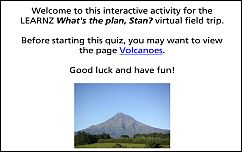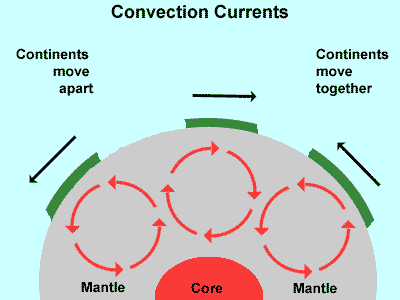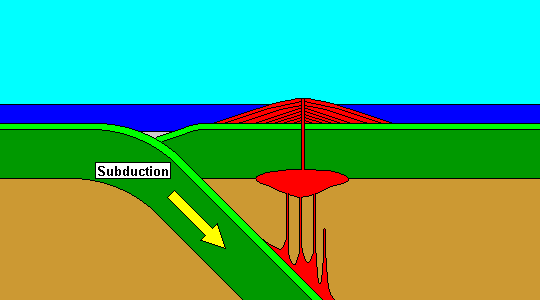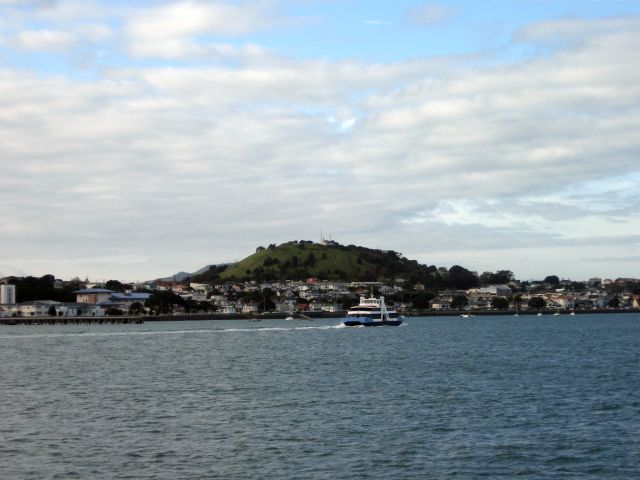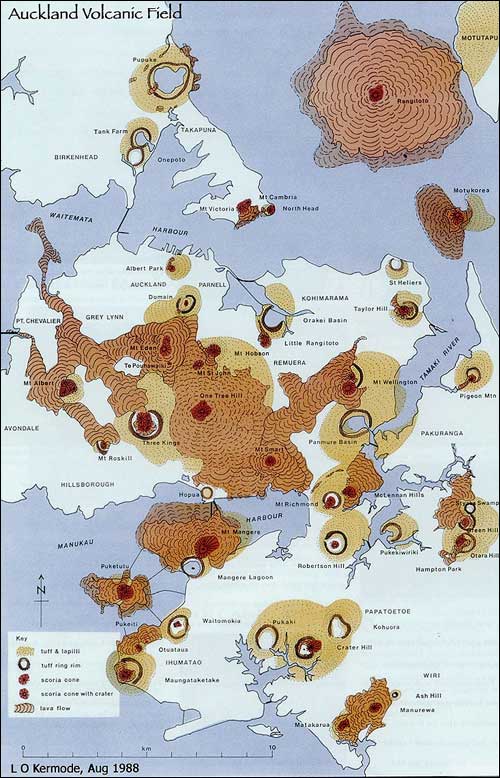Plate Tectonics
- The Earth’s crust is made up of large pieces of rock called tectonic plates.
- These plates ‘float’ on the mantle.
- Tectonic plates are always moving.
- Most volcanoes are formed by the movement of tectonic plates.
Subduction zone
- A subduction zone is where one tectonic plate is forced towards the centre of the Earth by another tectonic plate.
- North Island volcanoes are formed as the Pacific plate is forced into the mantle.
Magma
- The ocean crust, which covers the Pacific plate, begins to heat up as it is forced into the mantle.
- Magma is formed from high pressure and high heat.
- The magma rises towards the surface.
- Once this magma reaches the surface at a vent it is called lava.
Taupo volcanic zone
- A volcanic region of the central North Island.
- The volcanoes are formed where tectonic plates meet.
- There are active volcanoes here.
Auckland volcanic field
- The volcanoes of Auckland are not formed where tectonic plates meet. Instead, they have formed in the middle of a plate.
- Sometimes these areas are called “hotspots” or “mantle plumes”.
Monogentic eruptions
The Auckland volcanic field is made up of monogenetic volcanoes. These volcanoes use up all of their magma during the eruption. Each new magma 'bubble' makes a new volcano. That is why there are so many volcanoes in the Auckland volcanic field.
Frequently active versus dormant volcanoes
New Zealand volcanoes can be put into two groups:
- Frequently active volcanoes; e.g. Tongariro-Ngauruhoe, Ruapehu
- Dormant (sleeping) volcanoes; e.g. the Auckland Volcanic Field, Mayor Island.
The North Island has the only active volcanoes. The South Island’s volcanoes were active a very long time ago, but not any more.



